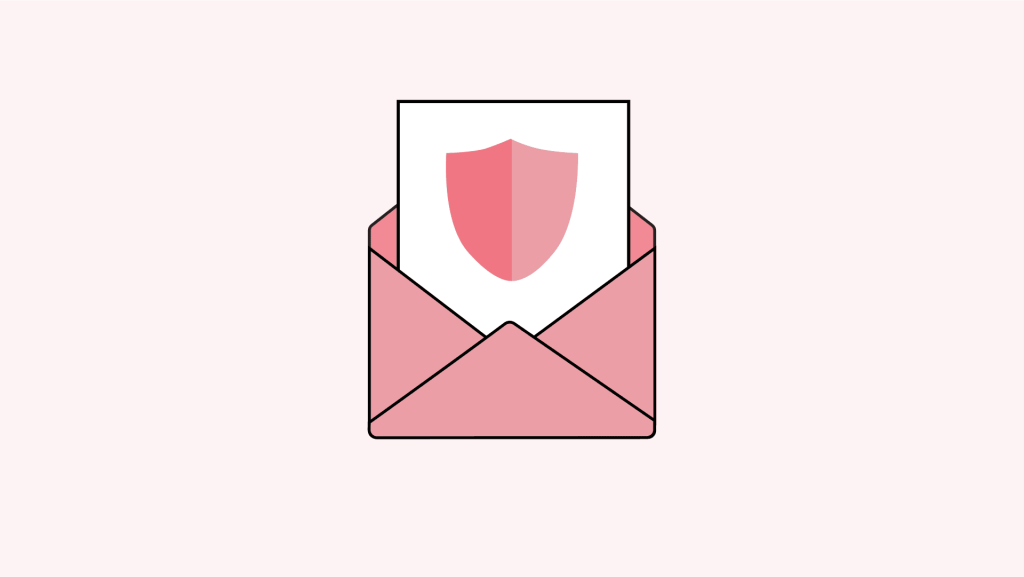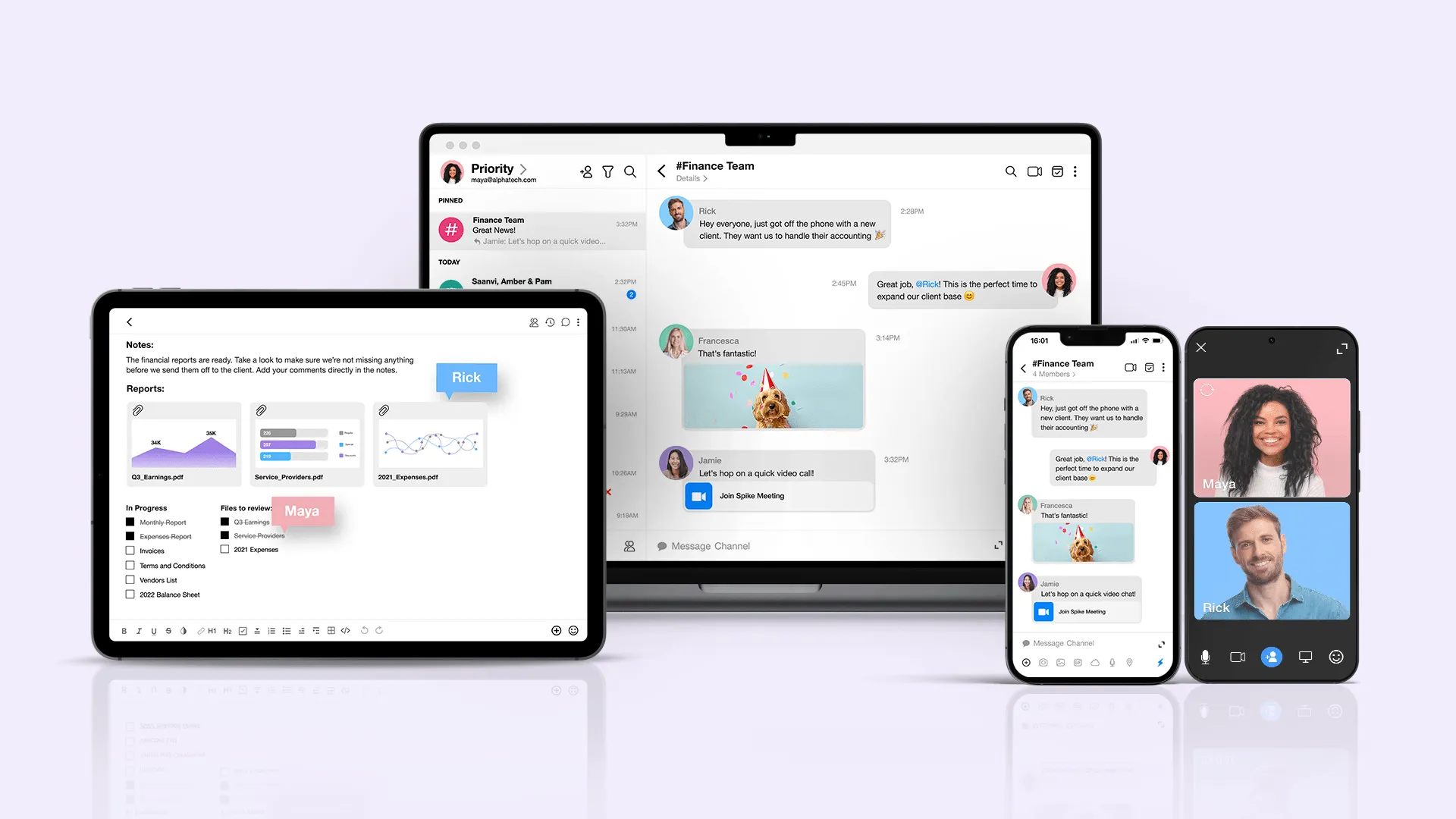10 Critical Email Security Best Practices for 2025

Email is the gateway to our personal and professional lives, making it a prime target for cybercriminals seeking financial and private information. Mastering email security is essential for staying protected.
This guide highlights the ten most critical email security practices for 2025, designed to safeguard sensitive information and defend against cyber-attacks. Whether you’re a CTO or managing a household, these practices are your frontline defense.
10 Email Security Best Practices
1. Use Strong & Unique Passwords
Passwords are a weak link in email security. Simple, reused passwords are easily compromised through brute-force attacks, credential stuffing, or data breaches. Moreover, advances in computing have made password-cracking tools faster than ever. To mitigate this threat, NIST recommends long, random passwords for superior security.
- Use a password manager to create and securely store unique passwords.
- Create passwords with 16 or more characters using unrelated words.
- Avoid reusing passwords across accounts, as attackers often escalate access through minor breaches.
- Change passwords immediately if they are compromised and monitor breach notifications.
2. Enable Two-Factor Authentication (2FA)
Passwords alone cannot protect your inbox from phishing or malware attacks. Two-factor authentication adds a critical layer of security by requiring a second form of verification. SMS-based 2FA is vulnerable to SIM-swapping attacks, but authenticator apps and hardware tokens offer more substantial protection.
- Enable 2FA on all accounts using options like Google Authenticator or YubiKey.
- Choose app-based or hardware-based 2FA over SMS whenever possible.
- Keep backup codes offline to ensure access if your 2FA device is lost.
- Watch for signs of SIM swapping, such as sudden service disruptions.
3. Recognize And Avoid Phishing Emails
Phishing emails and scams are hackers’ most common methods to steal data. These attacks often impersonate trusted entities to trick users into revealing information, clicking malicious links, or downloading harmful attachments. With AI advancements, phishing scams are increasingly personalized and challenging to detect.
- Verify sender addresses for slight misspellings or unusual domains (e.g., “@microsoft-support.com” vs. “@microsoft.com”).
- Avoid clicking on links in unsolicited emails; manually type URLs into your browser.
- Scrutinize emails for urgent demands, generic greetings, or poor grammar.
- Be skeptical of unsolicited offers like lottery winnings or urgent payment requests.
- Hover over links to confirm their destination matches the sender’s intent.
- Report suspicious emails to your IT department or provider.
4. Update Software And Devices Regularly
Outdated software leaves you vulnerable to malware, ransomware, and zero-day exploits. Hackers often target unpatched systems with publicly known vulnerabilities. Regular updates protect against these risks by addressing known security flaws.
- Enable automatic updates for operating systems, email clients, browsers, and antivirus software.
- Audit devices frequently to identify outdated or unsupported applications.
- Replace outdated systems with modern alternatives that receive regular updates.
- Follow CISA bulletins to prioritize critical patches.
5. Avoid Public Wi-Fi
Public Wi-Fi networks are highly vulnerable to attacks like packet sniffing, in which hackers intercept unencrypted data. Attackers can also set up fake Wi-Fi hotspots to further compromise your information. Additionally, USB charging ports in public places pose a risk of juice jacking, in which malware is installed, or data is stolen via USB connections.
- Use a VPN to encrypt your data while accessing public Wi-Fi.
- Turn off automatic Wi-Fi connections on your devices to avoid joining rogue networks.
- Verify network names with staff to ensure you connect to a legitimate hotspot.
- Avoid public USB charging ports by carrying your charger or a portable power bank.
6. Use Encryption For Sensitive Emails
Emails sent without encryption can be intercepted and read by unauthorized parties. Encryption ensures that even if a message is intercepted, it remains unreadable. Many email services now offer built-in encryption, but these features are not always enabled by default.
- Enable encryption features in your email service, such as Gmail’s Confidential Mode or Outlook’s encryption tools.
- Use end-to-end encrypted services like ProtonMail or Tutanota for highly sensitive communications.
- Encrypt email attachments using tools like 7-Zip or built-in operating system options before sending them.
- Share passwords for encrypted files securely and only with intended recipients.
7. Train Your Team On Email Security
Human error is a leading cause of email breaches. Many attacks succeed because users fall for phishing scams, download malicious attachments, or overlook security warnings. Training and awareness are critical to building resilience.
- Take phishing prevention courses like Google’s Phishing Quiz or explore resources from the APWG.
- Use phishing simulation tools like Cofense PhishMe or KnowBe4 to test and improve employee awareness.
- Stay informed about new threats by following cybersecurity blogs like Krebs on Security or subscribe to CISA updates.
8. Regularly Monitor Your Account Activity
Hackers often access accounts without detection, allowing them to steal data over time. Monitoring account activity can help identify unauthorized access early and prevent further damage.
- Regularly review login history for unusual devices or locations.
- Set up alerts for suspicious logins or changes to security settings.
- Log out from shared or public computers immediately after use.
- Change passwords at the first sign of suspicious activity.
9. Backup Your Emails
Data loss from ransomware, accidental deletions, or system failures can be devastating. A reliable backup strategy ensures quick recovery and minimizes disruption.
- Automate backups through services like Google Workspace or Microsoft 365.
- Create offline backups using MailStore Home or Outlook Export to save emails locally.
- Encrypt backup files and store them separately from primary systems to prevent unauthorized access.
- Test backups periodically to ensure they are intact and recoverable.
10. Clean Up Old Email Accounts
Old, unused email accounts are often overlooked but can pose significant security risks. Hackers target these “forgotten” accounts, which may contain sensitive information or provide access to other linked services. These accounts are especially vulnerable if they use outdated security practices or weak passwords.
- Identify and deactivate accounts you no longer use to reduce your attack surface.
- Update passwords and enable 2FA on accounts you wish to keep but rarely access.
- Check old accounts for sensitive information, like stored login credentials, and delete any unnecessary data.
- Use tools like Have I Been Pwned to check if data breaches have compromised old accounts.
How AI Is Reshaping Email Security
AI is revolutionizing cybersecurity, introducing both alarming risks and robust defenses. Hackers use AI to create more convincing phishing emails, automate large-scale attacks, and develop deepfake scams that exploit trust.
However, AI-powered security solutions are advancing rapidly, offering robust tools to counter these threats.
3 Emerging AI-Driven Threats:
- AI-crafted phishing emails that mimic trusted entities with near-perfect accuracy.
- Automated large-scale attacks that quickly exploit system vulnerabilities.
- Deepfake technology is used to impersonate trusted individuals for fraud.
3 AI-Powered Security Solutions
- Real-time anomaly detection that identifies unusual login attempts or phishing emails.
- Advanced malware detection using machine learning to spot unknown threats.
- Automated incident response systems that isolate compromised accounts and block malicious activity.
Adopting AI-driven security tools and staying vigilant can strengthen defenses against increasingly sophisticated cyber threats.
Conclusion: Stay Ahead of Email Security Threats with Spike

If you’re looking for a secure, efficient email solution, Spike is designed with cutting-edge security features to keep your communication safe. Spike prioritizes your privacy with advanced encryption, robust authentication protocols, and compliance with leading data protection standards.
By combining secure email with an intuitive, user-friendly interface, Spike ensures that your productivity and security go hand in hand.
Take charge of your email security today and explore how Spike can help you stay protected while simplifying your communication.




